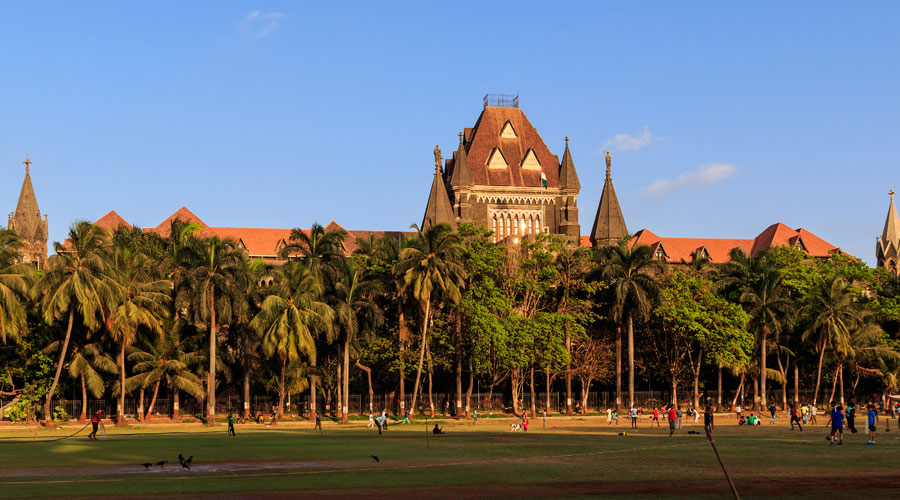Bombay High Court on Thursday said it was surprised to know that the government had no control over the electronic media and asked why television news should not be regulated by the State.
The observation was made by a bench of Chief Justice Dipankar Datta and Justice G.S. Kulkarni while hearing a bunch of petitions that sought various orders related to the Sushant Singh Rajput death case, including a directive to restrain the media in its coverage of the matter.
“We are surprised that the State has no control over the electronic media. Why should it (TV news) not be regulated in case they may have serious ramifications,” the court said.
The court impleaded the Union ministry of information and broadcasting as a party in the matter. It directed the ministry to file a reply in court indicating the extent of State control that is exercised in respect of telecasting news, particularly such news that “may have serious ramifications”.
The bench made the Narcotics Control Bureau and the Enforcement Directorate, the central agencies probing issues related to the death of the actor, as parties. One of the petitioners had alleged that the agencies were “leaking” probe-related information to the media and the public.
The bench, however, refused to implead actress Rhea Chakraborty as a respondent in the case. “We do not see any reason to implead the proposed respondent number 12 (Chakraborty), an accused who is presently in judicial custody,” the court said.
The petitions, filed by activists and eight retired senior police officers, have alleged, among other things, that several TV channels are running a parallel probe in the case, and that they are conducting a malicious campaign against Mumbai police through their reportage in the case.
On September 3, another bench had heard the same pleas and passed an order urging the media to show restraint while covering the developments.
On Thursday, senior advocate Milind Sathe, who appeared for the former police officers, told the bench that despite the order, TV channels were continuing with their slander against Mumbai police.
Sathe submitted transcripts from news broadcasts in which channels had insinuated that Mumbai police had been assisting or shielding the accused, and the “drug mafia”.
Chief Justice Datta told advocate Sathe that he shouldn’t be bothered by what a news anchor was saying. He, however, added that the court hoped and trusted that “the spirit of the order dated September 3” would be kept in mind by TV news channels.
The Union government pointed out that the petitioners should have approached the Press Council of India, a statutory body that regulates the print media, and the News Broadcasting Standards Authority (NBSA) with its grievances against the TV news channels. The court noted that the NBSA wasn’t a statutory body.
The court directed all parties to file their replies and rejoinders within two weeks, adding that while the pleas remained pending the NBSA was free to act upon any complaints received so far against such news.










